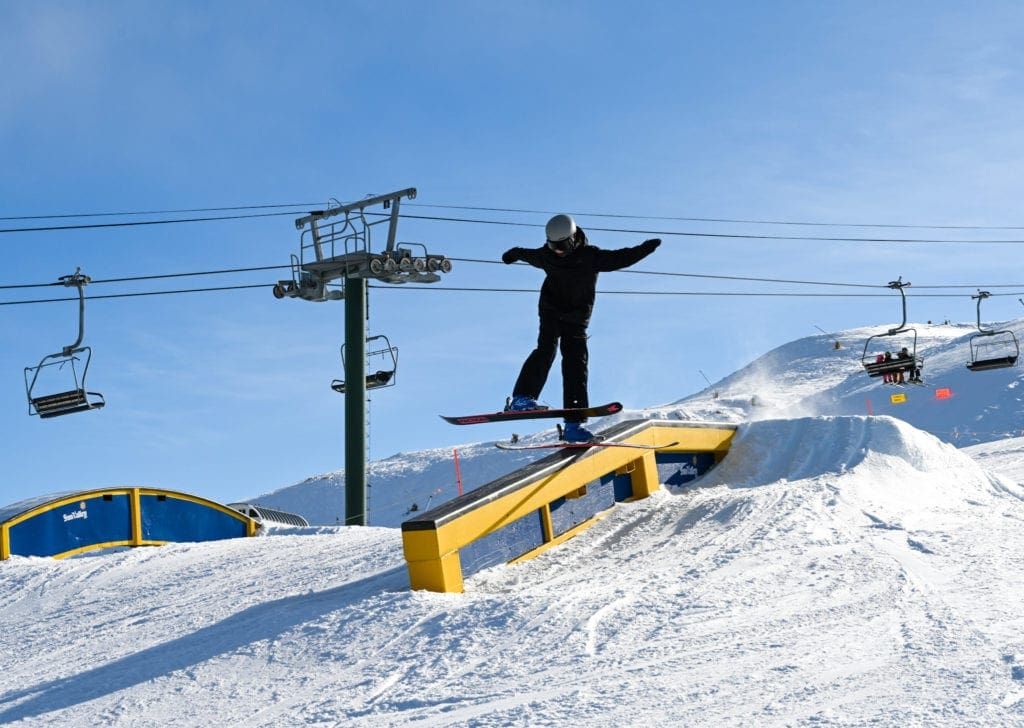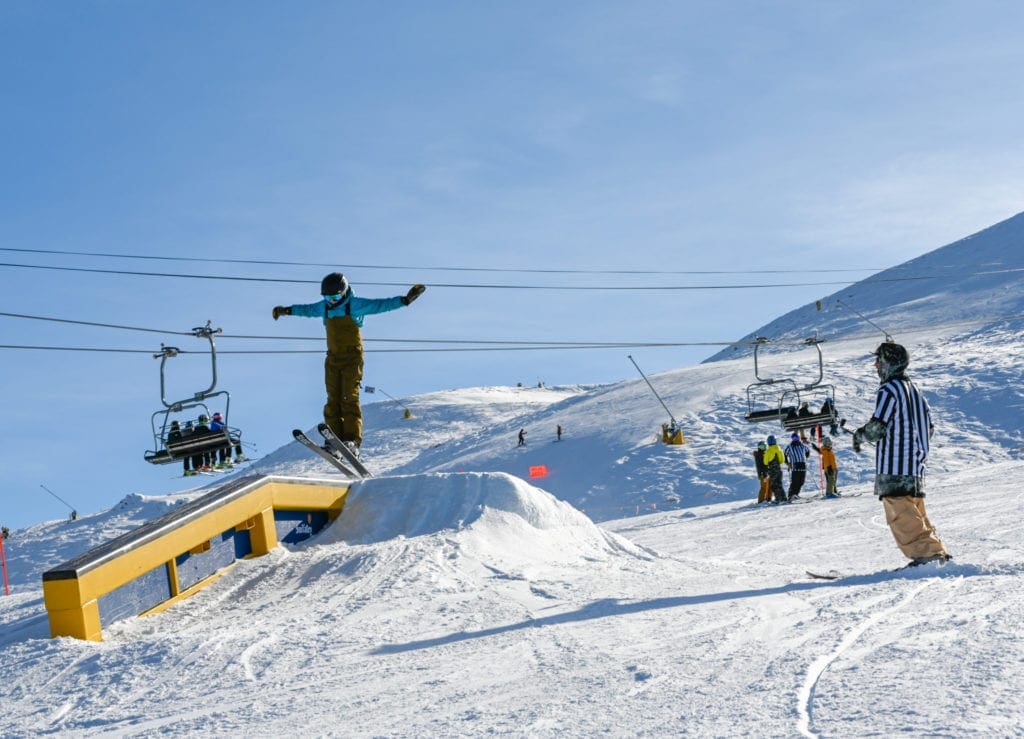Freeski athletes go head-to-head in the game of SAUCE
Freeski athletes go head-to-head in the game of SAUCE
While competition schedules won’t be looking the same for a while, the SVSEF Freeski teams made up for the season’s lack of contest over the weekend with a heated game of SAUCE.
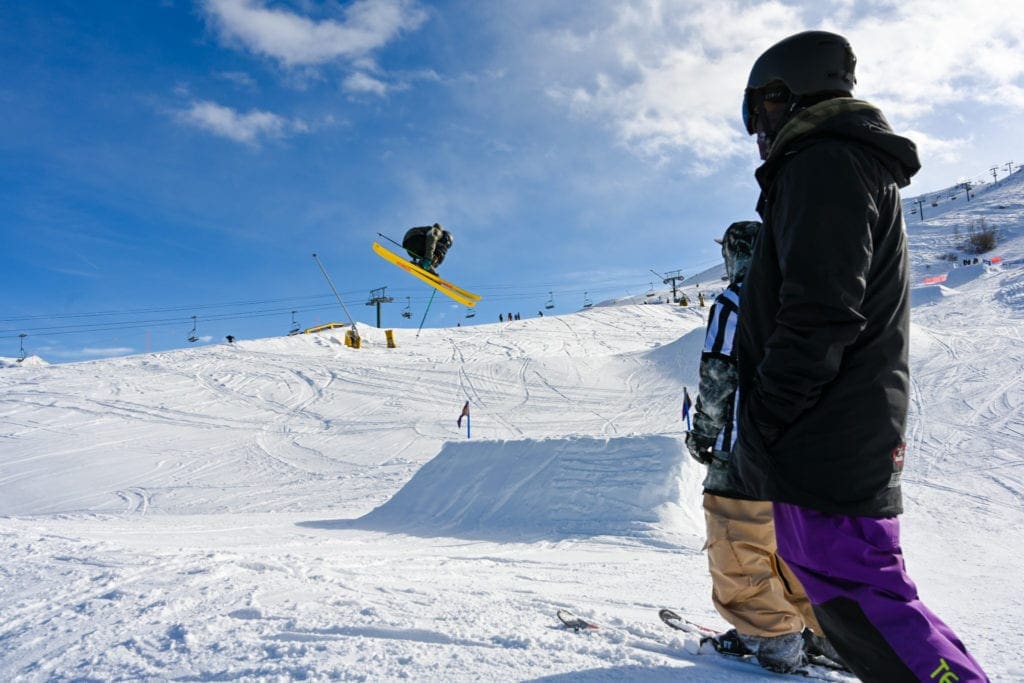
What is SAUCE? You might be familiar with the popular game of H.O.R.S.E in Basketball, or S.K.A.T.E on skateboards. Just like the former, then, SAUCE takes place head-to-head. Between two athletes, the winner of rock-paper scissors sets a trick or a series of tricks. If athlete no. 1 (the winner of rock-paper-scissors) makes the tricks they’ve called, athlete no. 2 must also execute the trick(s). If athlete no. 2 succeeds, athlete no. 1 calls out the next trick and the game continues. If athlete no. 2 misses the trick, however, they get a letter (in this instance, ‘S’ for SAUCE). If athlete one sets a trick and doesn’t execute it, athlete no. 2 becomes the leader and gets to call the trick. The first to make is to ‘SAUCE’ (missing five tricks) loses.

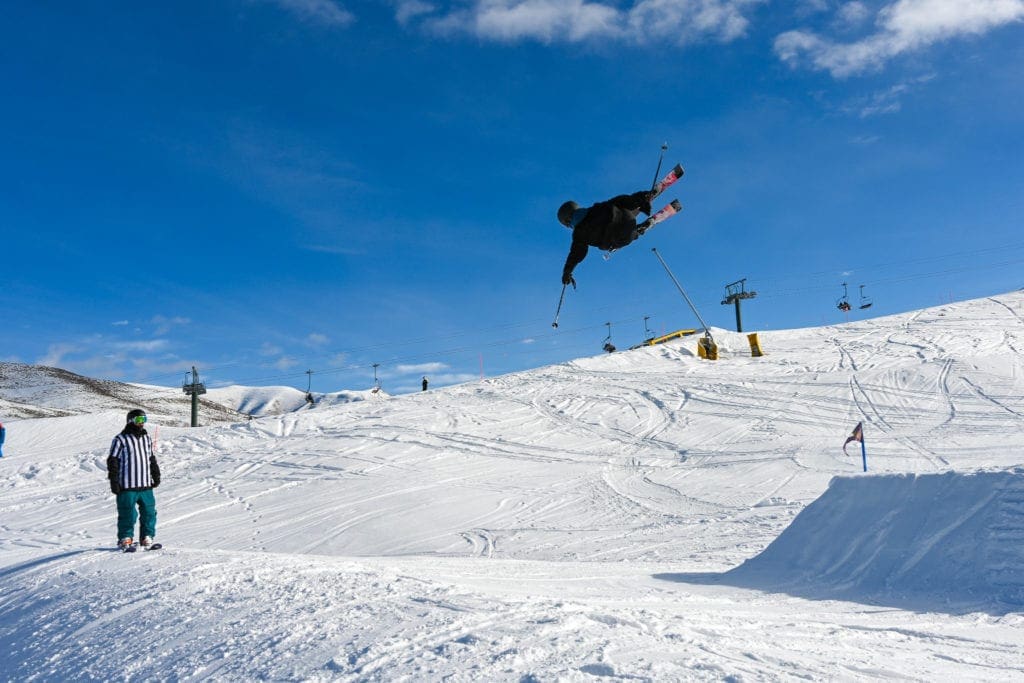
The Freeski teams adapted ‘SAUCE’ from professional skier Matt Walker and Olympic Gold Medalist Joss Christensen’s game of ‘SLVSH,’ which follows the same rules. The game of ‘SAUCE’ not only draws inspiration from directly from these elite athletes, but also shares in these athletes’ interest in demonstrating just how nuanced and complex competing in slopestyle skiing truly is. For a 2014 article in Powder Magazine, Walker explains how the challenge of the sport transcends beyond who can throw the biggest, most elaborate trick: “at some point there will be a ceiling that has to be reached on how much physically a skier can flip and twist. It’ll get boring.” Walker continues, “You don’t need judges to tell you how hard a trick is. How hard a trick is for me is not the same as how hard a trick is for Joss… It doesn’t matter if it’s a triple cork or a 360. If it’s hard and someone else can’t do it, then it’s hard.”
The game of ‘SAUCE,’ like SLVSH, looks to tap in to the natural, intricate dynamics of competition between two athletes; the subsequent highly-specific and ever-changing rivalries born out of the game begin to invoke some of that mid-competition nerve that might otherwise be lacking this season. Freeski Head Coach Tyler Conway explains: “It works on their competition mindset. It gets the heart rate going, gets that adrenaline pumping, and gets kids to learn how to focus that energy. A lot of times during these games, you start to learn new tricks. At competitions kids tend to push it, because energy is up. So, they learn new tricks, but also learn to control that adrenaline, use it in the right way and not burn themselves out.”
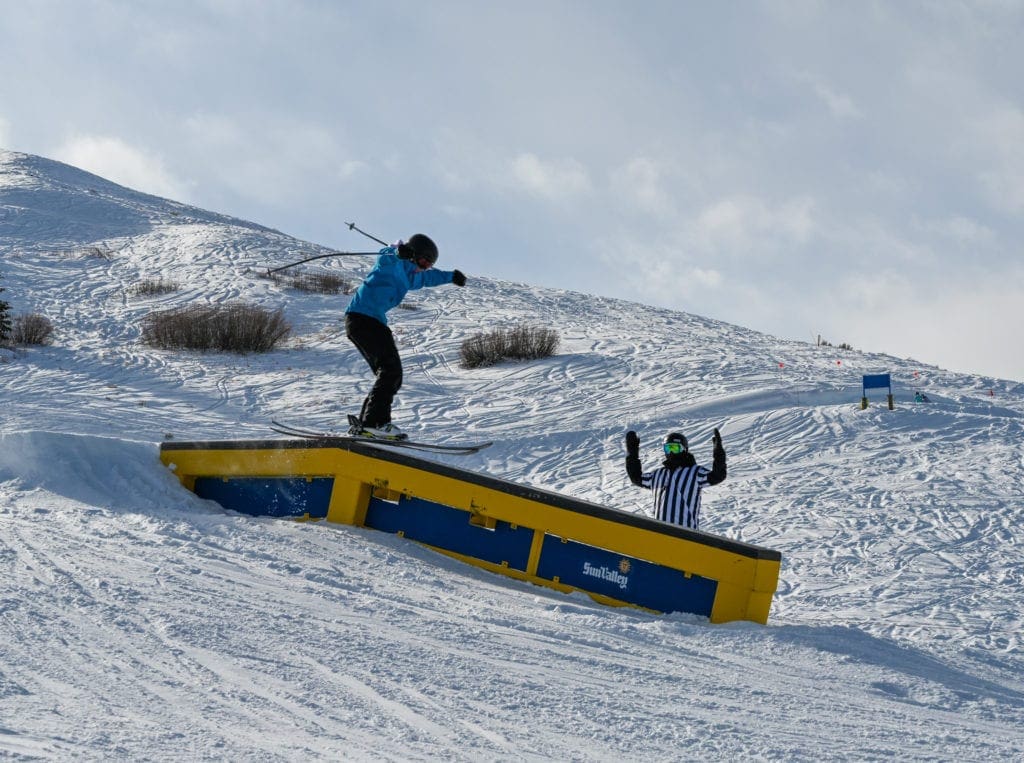
There is hardly a more ideal venue to not only invigorate, but practice and refine this competition mindset than Dollar mountain. A ride to the top of Dollar takes just over three minutes and accesses 628 vertical feet of terrain, allowing athletes to maintain a competition mindset with little interruption and plenty of repetition.
The combination of rapid repetition and head-to-head competition provide an excellent opportunity for young athletes to engage with the nature of Freeskiing itself, a sport that’s largely lead by instant-to-instant athlete innovation and defined by the corresponding rapid evolution.
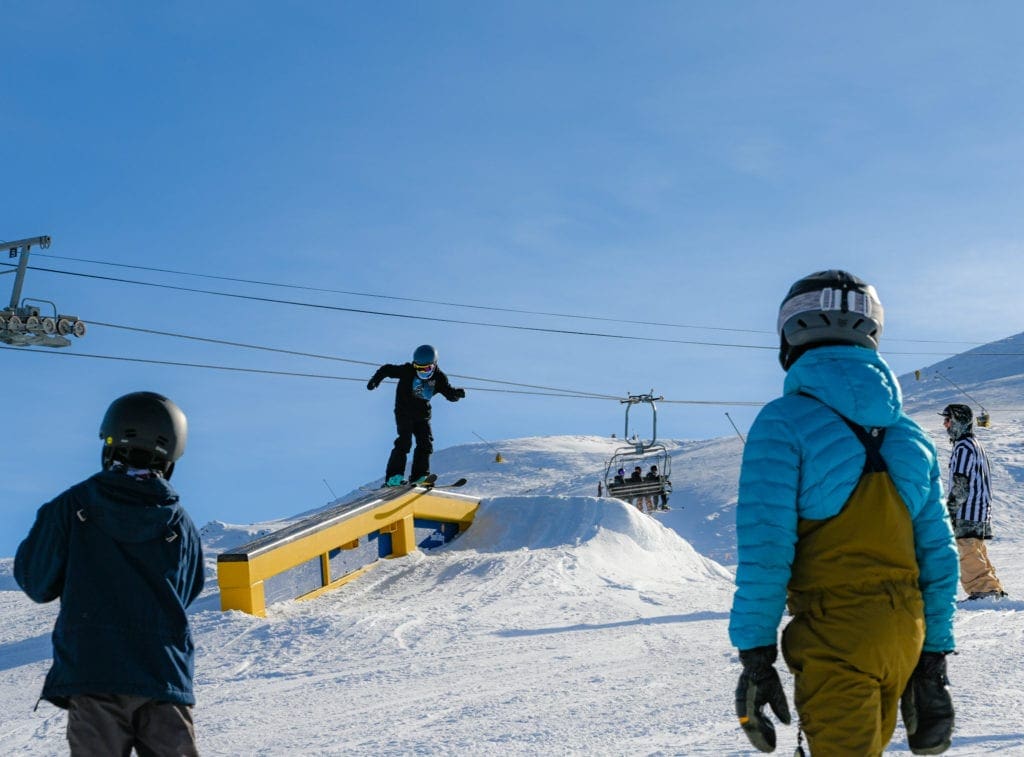
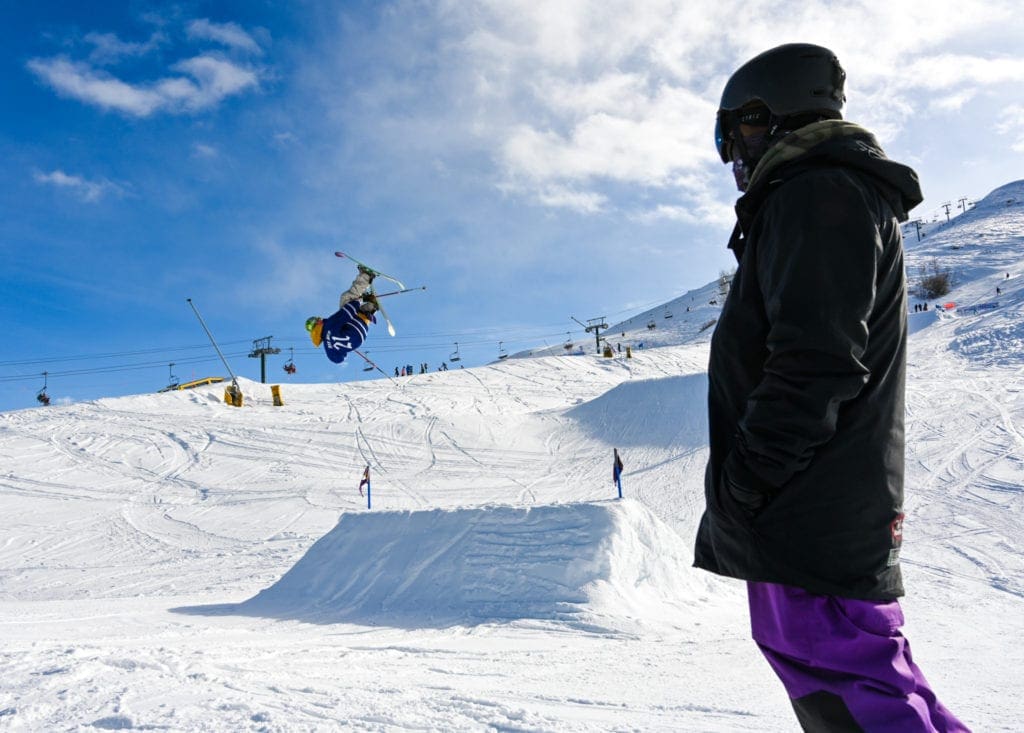
Beyond the training value, however, the event is plain and simple fun. To hear the joy in the whoops and hollers of onlooking teammates and coaches when an athlete lands a challenging trick is something special; not only does it capture the attention of most of the mountain, but everyone in earshot can’t help but get fired up for the kid too.
The game of SAUCE continues this week to establish a winner among the finalists. However, Freeski athletes will get the chance to compete for the title of SAUCE champion again in February and March, as the teams continue to deal with a consistently shifting competition schedule.
